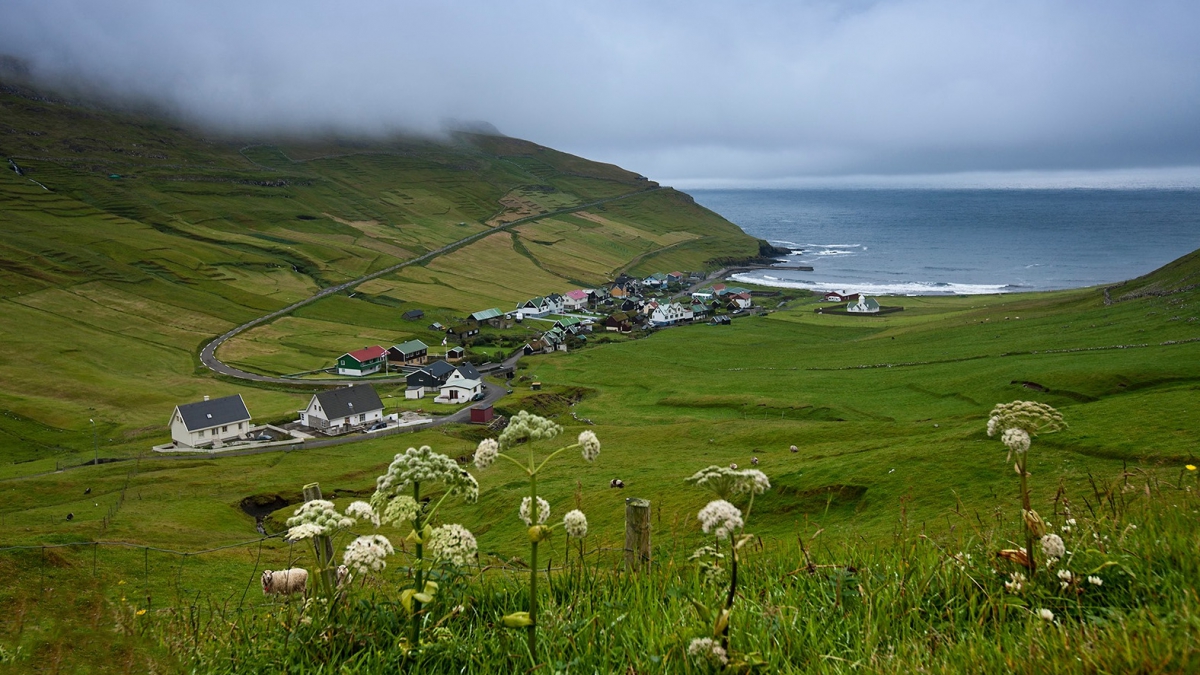Population
11. Jan 2021
Sandoy and Suðuroy starting to see population growth

The Faroese population growth has not weakened in this past year. The increase of 847 people (1.6%) from 1 December 2019 to 1 December 2020 is slightly higher than the 816 people (1.6%) in the previous 12-month period. This difference is mainly due to a slightly higher excess of births over deaths, as shown in the table below.
Highest population growth in Eysturoy, Streymoy and Sandoy
The highest year-on-year population growth in absolute terms is seen in Eysturoy and the capital region, which are located at each side of the new subsea tunnel. However, Sandoy has enjoyed the highest per capita population growth rate, at 2.8%, compared to 2% in Eysturoy and 1.8% in the capital region.
This big growth in Sandoy is predominantly attributable to an unusually high net domestic migration figure of +25, plus an international net migration surplus of +9.
Norðoyggar saw a year-on-year population growth of 1.4%, which is the same growth as in Suðuroy. The difference is that Norðoyggjar have a +38 excess of births figure compared to Suðuroy’s -8, and Norðoyggjar had a net migration figure of +46, compared to +72 in Suðuroy.
Vágar saw its population growth stagnate over the 1 December 2019 - 1 December 2020 period, predominantly due to a negative domestic migration figure.
Population figures have a one-month lag
The figures have a one-month lag due to delays in registrations, especially regarding address changes, where many registrations are made after the month of address change has ended. To accommodate as many corrections as possible, there is a one-month lag in the data.
About the population figures
The population is defined as all individuals registered in the national register as residents of the Faroe Islands. Population data includes date of birth, gender, place of birth, citizenship, relationship status, and, where applicable, information on immigration and emigration, domestically as well as between the Faroe Islands and other nations.
About the trend
The trend describes the population trend by adjusting for seasonal effects and other error components in the population figure.